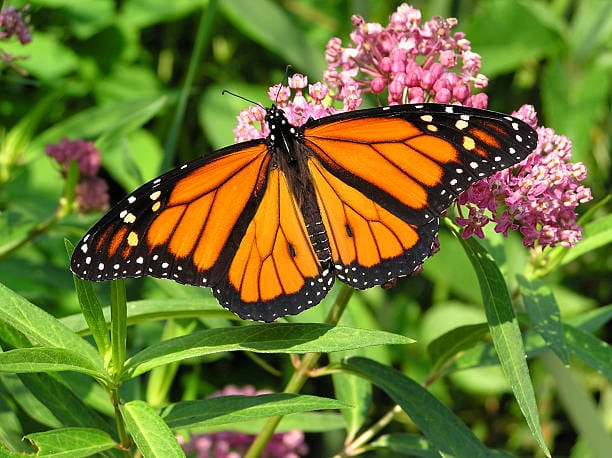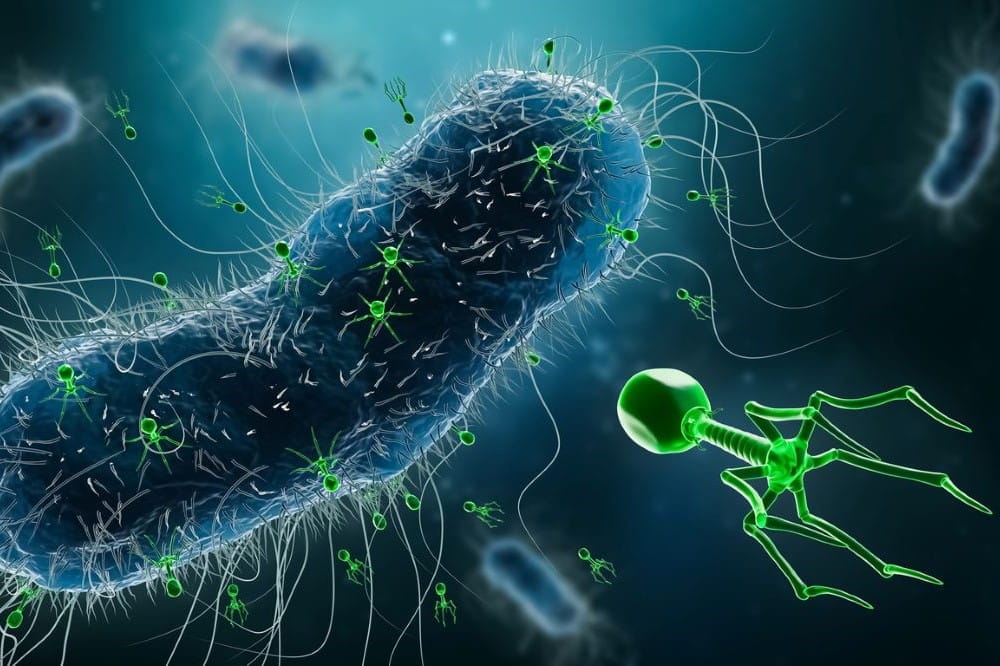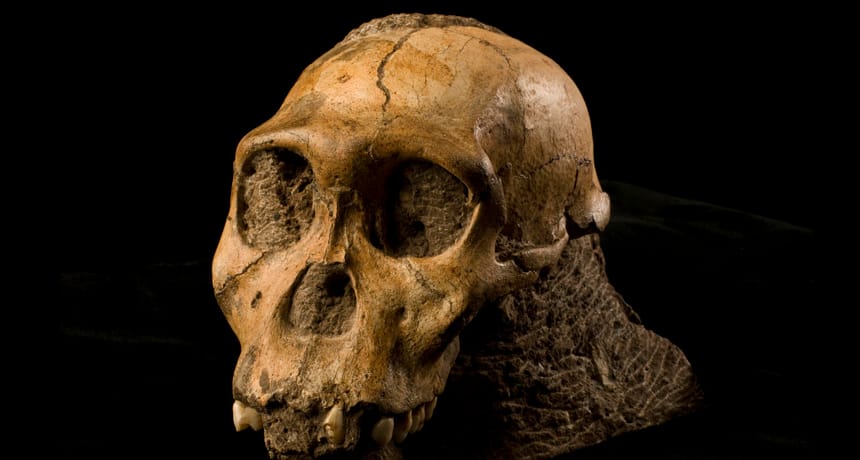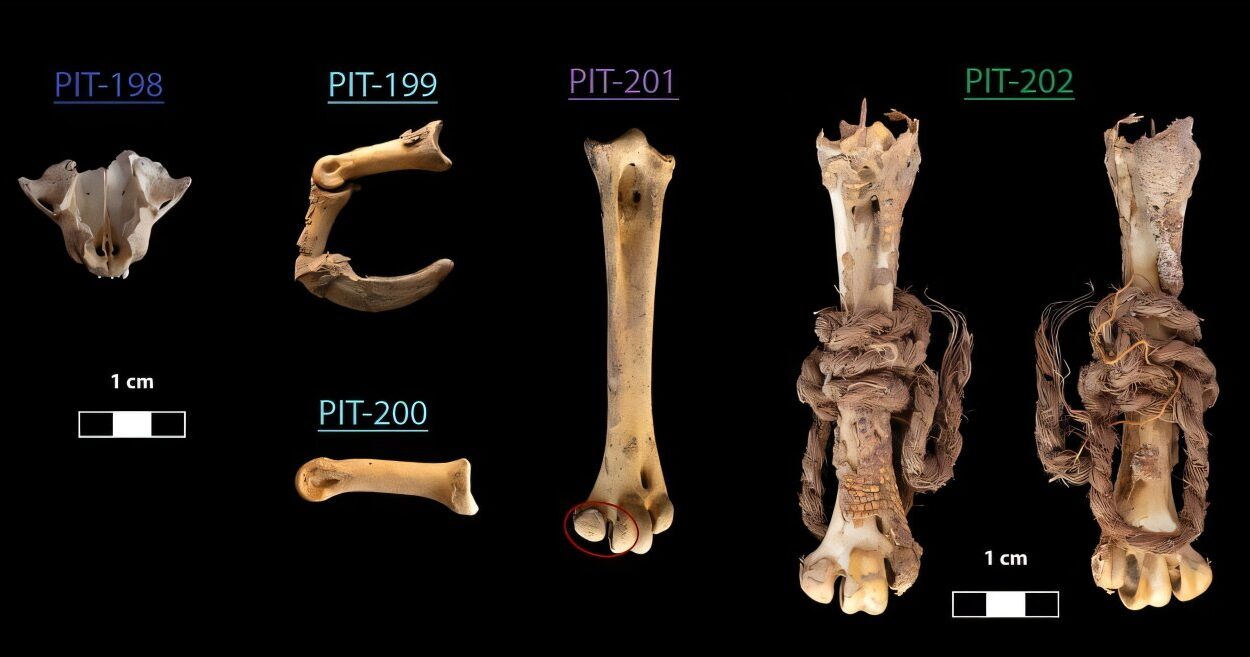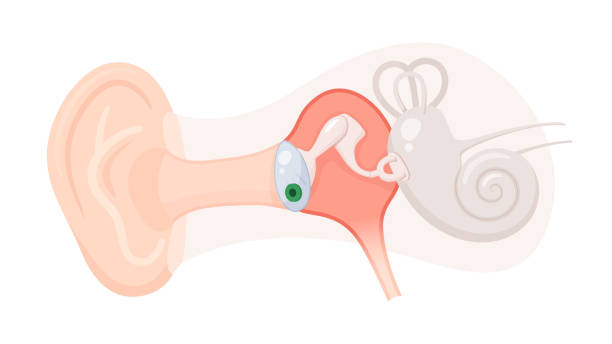Every autumn, millions of monarch butterflies (Danaus plexippus) embark on one of the most extraordinary migrations in the animal kingdom. Born in the meadows and gardens of the United States and Canada, they travel as far as 3,000 miles to the mountain forests of central Mexico or the sunny coast of Southern California. This last generation of the season doesn’t just fly south — they enter a unique biological state called diapause, postponing reproduction and conserving energy so they can survive the long winter and return north in spring to start the cycle again.
But this breathtaking journey, once a timeless spectacle, is under growing threat. The monarch’s overwintering populations have been in steep decline for decades, with habitat loss, the disappearance of milkweed, and a debilitating parasite — Ophryocystis elektroscirrha (OE) — all taking a toll. Now, scientists are warning of another danger hiding in plain sight: warming autumn temperatures.
How Warmer Falls Could Break the Migration Cycle
While climate change is often linked to summer heat waves and winter storms, few studies have examined how rising autumn temperatures might disrupt the monarch’s migration itself. That gap has now been addressed by a team of researchers whose findings, recently published in Royal Society Open Science, suggest that even small shifts in fall weather could dramatically alter the insects’ behavior and survival.
The last generation of summer monarchs — the “super generation” — is built to last. Instead of living just a few weeks like their parents and grandparents, these butterflies can survive up to eight months, thanks to diapause. In this state, their bodies focus on storing lipids and proteins, conserving energy, and resisting the urge to mate until spring.
But temperature, as the researchers point out, is a powerful biological signal. “Warming autumn temperatures may destabilize the diapause phenotype,” they write, meaning that warmer days — even when daylight hours are getting shorter — may confuse the monarchs’ internal clock. The result? Butterflies that start reproducing too soon, burning through their energy reserves and dying long before they could have reached spring breeding grounds.
Testing the Threat in the Lab
To investigate, the team caught 499 wild monarchs and exposed them to carefully simulated “warm” and “cold” autumn conditions for 30 days — mimicking the temperatures they might experience during migration. After that, the survivors were placed in either warm or cold overwintering conditions. The scientists measured everything from reproductive development and body condition to parasite effects and mortality rates.
The results were striking. Monarchs exposed to warmer migratory conditions were far more likely to abandon diapause early and begin mating. This might sound like nature simply accelerating its schedule — but for monarchs, it’s a death sentence. Early reproduction drastically shortens their lifespan, leaving them unable to bridge the gap between autumn departure and spring breeding.
The cost was particularly high for males, whose body condition declined in the warmth and whose risk of death jumped by a staggering 88%. Overall, monarchs that experienced warm migratory temperatures faced a 28% higher risk of dying before the end of the overwintering period.
A Domino Effect of Decline
The study also found that these warm-migration monarchs carried the highest levels of reproductive development during overwintering — a clear signal that diapause had been disrupted. Those with high parasite burdens from OE were even more likely to die, suggesting a dangerous combination of climate stress and disease.
“The impact of migratory temperature also extended into the overwintering phase, with those from the warm migratory treatment exhibiting the greatest mortality risk and reproductive development,” the researchers explain. “Furthermore, reproductive development during overwintering and/or OE burden were the greatest predictors of mortality.”
In other words, the harm didn’t end once the butterflies reached their winter destinations. The early push toward reproduction continued to sap their energy reserves, leaving them vulnerable to the cold, disease, and exhaustion.
What This Means for the Future of Monarchs
This research adds another layer to the growing picture of monarch decline. It suggests that even if milkweed is restored and overwintering habitats are protected, climate change could still disrupt the delicate timing that keeps this migration alive. Warm autumns may lure monarchs into a biological trap, leaving fewer survivors to make the return journey in spring.
The scientists emphasize that their lab findings should be followed up with tracking of wild monarchs to confirm whether these patterns hold true in the real world. Still, the implications are sobering: the monarch’s legendary migration depends not just on landscapes and plants, but also on the precise rhythm of the seasons.
For now, conservationists are left with an urgent challenge — protecting not just the places monarchs need, but the seasonal signals they depend on. Because without those cues, the skies of autumn may grow quieter, and one of nature’s most inspiring migrations could fade into memory.
More information: The impact of temperature on the reproductive development, body condition, and mortality of fall migrating monarch butterflies in the laboratory, Royal Society Open Science (2025). DOI: 10.1098/rsos.250343. royalsocietypublishing.org/doi/10.1098/rsos.250343
